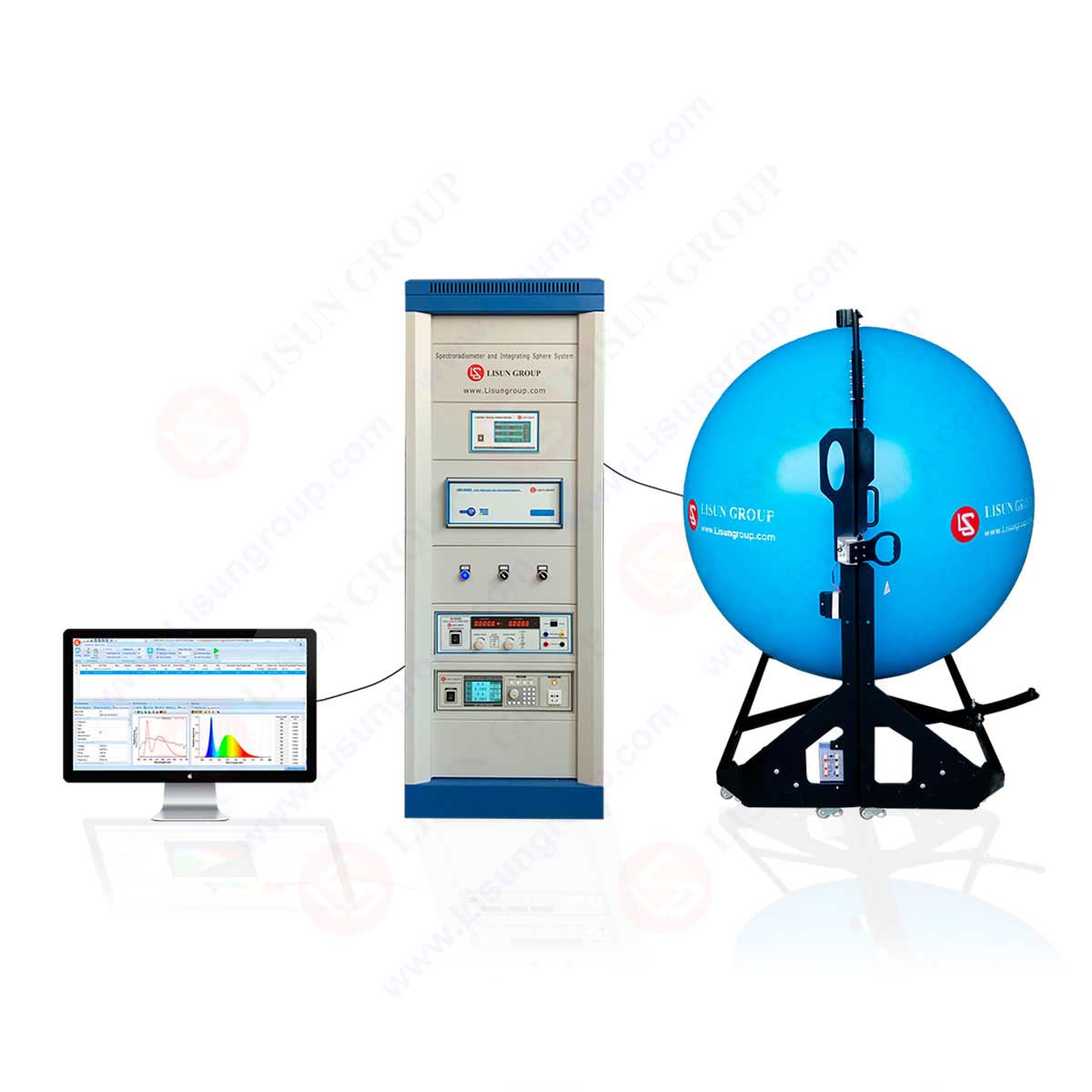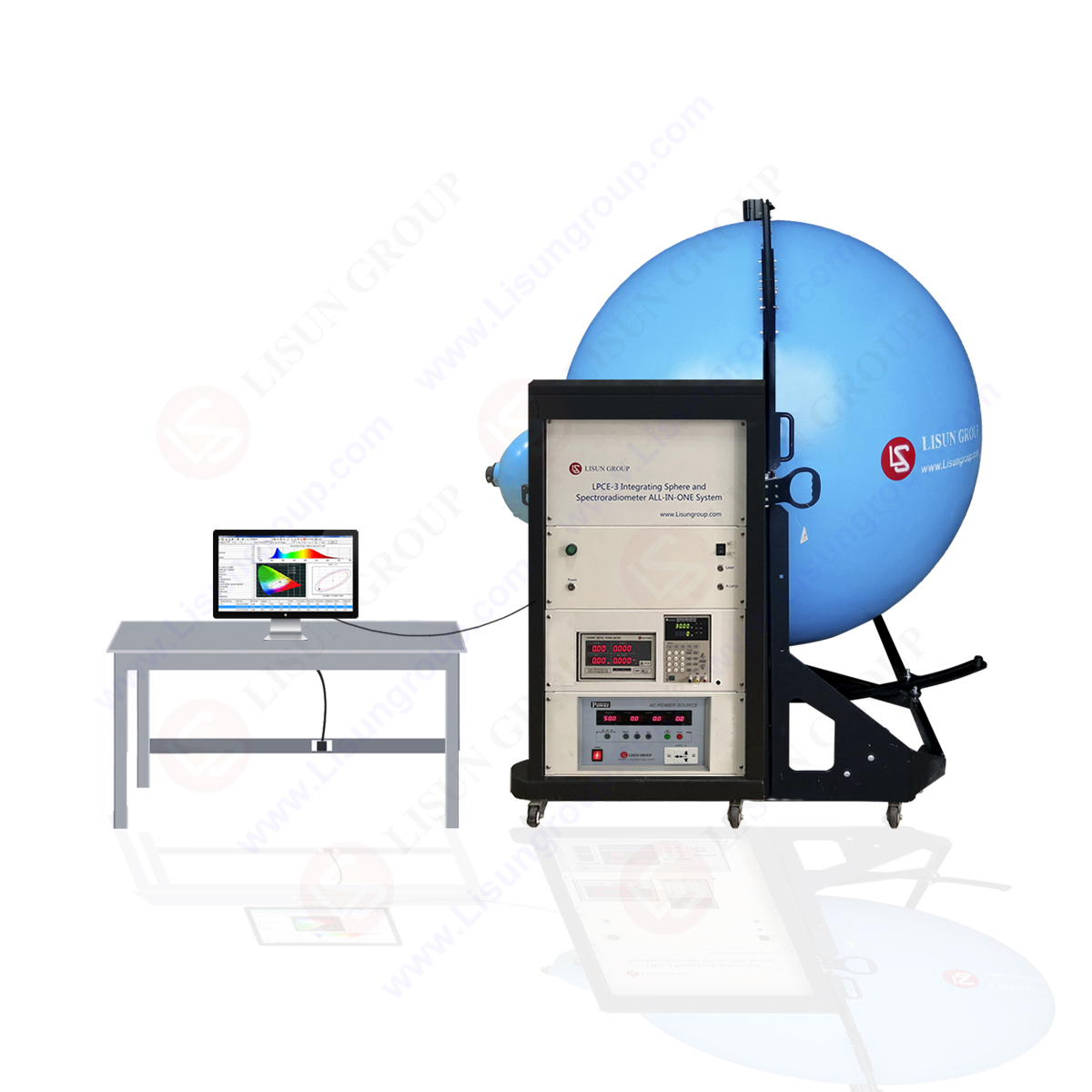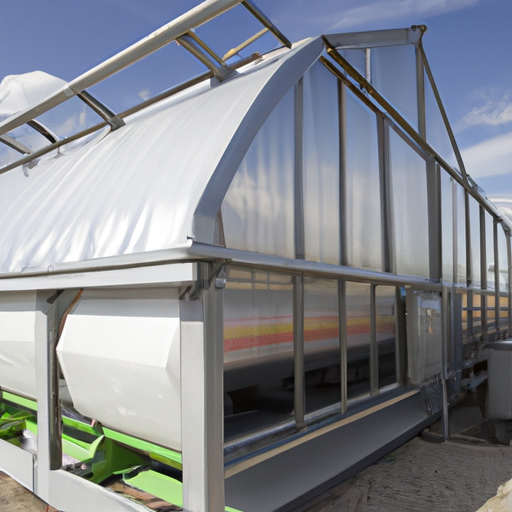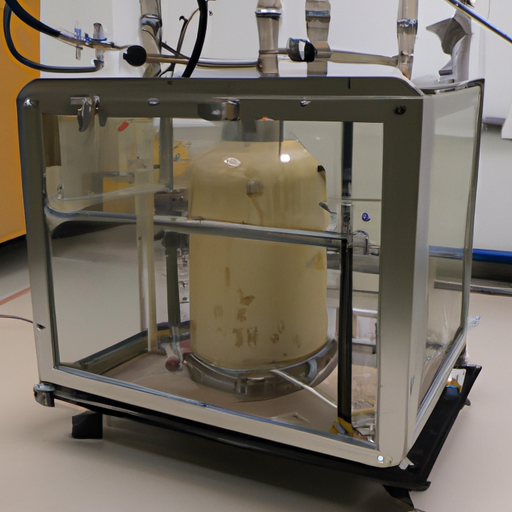Table of Contents
Utilize an Integrating Sphere for Maximum Accuracy with Goniophotometer Measurements
Goniophotometer measurements are essential for accurately assessing the performance of lighting products. By utilizing an integrating sphere, you can ensure that your measurements are as accurate as possible. An integrating sphere collects all of the light emitted from a source and distributes it evenly over its interior surface. This eliminates the need for complex optical systems and allows for more precise measurements. Additionally, an integrating sphere can be used to measure a wide range of light sources, including LEDs, incandescent bulbs, and fluorescent tubes.

High Precision Spectroradiometer Integrating Sphere System LPCE-2(LMS-9000)
To ensure maximum accuracy, it is important to use a high-quality integrating sphere. At LISUN Integrating Sphere, we offer a variety of integrating spheres that are designed to meet the highest standards of accuracy and precision. Our integrating spheres are easy to use and come with a variety of features, such as a built-in camera and a built-in light source. With our integrating spheres, you can be sure that your goniophotometer measurements are as accurate as possible.
For more information about our integrating spheres, please visit our website. We look forward to helping you achieve maximum accuracy with your goniophotometer measurements.
Introduction
An integrating sphere is a valuable tool for achieving maximum accuracy in goniophotometer measurements. By providing a uniform light source, it ensures that all angles of the sample are illuminated evenly, resulting in more reliable and accurate readings. This article will discuss the benefits of using an integrating sphere for goniophotometer measurements, and how it can help to improve the accuracy of your results. We will also provide some tips on how to use an integrating sphere for maximum accuracy.
Understanding the Benefits of Utilizing an Integrating Sphere for Goniophotometer Measurements
Goniophotometer measurements are essential for accurately measuring the optical properties of materials. Utilizing an integrating sphere is one of the most effective ways to measure these properties. An integrating sphere is a device that captures and measures the light emitted from a light source, such as a goniophotometer.
The integrating sphere works by diffusing the light from the source and then collecting it in the sphere. This process ensures that the light is evenly distributed throughout the sphere, which is important for accurate measurements. The sphere also helps to reduce the amount of light that is lost due to scattering, which can lead to inaccurate measurements.
The sphere is made up of several components, including a diffuser, a reflector, and a detector. The diffuser is responsible for evenly distributing the light from the source throughout the sphere. The reflector is responsible for reflecting the light back into the sphere, and the detector is responsible for measuring the light that is collected.
The benefits of utilizing an integrating sphere for goniophotometer measurements are numerous. For one, it helps to ensure that the light is evenly distributed throughout the sphere, which is essential for accurate measurements. Additionally, it helps to reduce the amount of light that is lost due to scattering, can lead to inaccurate measurements.
Finally, the integrating sphere is also relatively easy to use and requires minimal setup. This makes it ideal for applications where quick and accurate measurements are needed. Overall, the integrating sphere is an invaluable tool for accurately measuring the optical properties of materials.
Exploring the Factors that Affect the Accuracy of Goniophotometer Measurements
Goniophotometer measurements are used to accurately measure the light output of a variety of light sources, including lamps, LEDs, and luminaires. These measurements are essential for evaluating the performance of lighting products and for ensuring that they meet industry standards. However, the accuracy of goniophotometer measurements can be affected by a variety of factors, including the calibration of the instrument, the environmental conditions, and the type of light source being measured.
In order to ensure accurate goniophotometer measurements, it is important to properly calibrate the instrument before use. This includes ensuring that the instrument is properly aligned and that the detector is correctly positioned. Additionally, the calibration of the instrument should be checked regularly to ensure that it is still accurate.
The environmental conditions can also affect the accuracy of goniophotometer measurements. The temperature, humidity, and air pressure of the environment should be monitored and maintained within acceptable levels. Additionally, the instrument should be shielded from direct sunlight and other sources of light that could interfere with the measurements.
The type of light source being measured can also affect the accuracy of goniophotometer measurements. Different types of light sources have different spectral characteristics, and the instrument must be adjusted accordingly in order to accurately measure the light output. Additionally, the light source should be positioned correctly in order to ensure that the measurements are accurate.
Finally, it is important to use the correct software when performing goniophotometer measurements. The software should be designed specifically for the instrument being used, and it should be regularly updated to ensure that it is compatible with the latest version of the instrument. Additionally, the software should be used to analyze the data collected in order to ensure that the measurements are accurate.
By taking the time to properly calibrate the instrument, maintain the environmental conditions, adjust the instrument for the type of light source being measured, and use the correct software, it is possible to ensure that goniophotometer measurements are accurate and reliable. This is essential for evaluating the performance of lighting products and for ensuring that they meet industry standards.
Examining the Advantages of Integrating Sphere-Based Goniophotometer Measurements
Goniophotometer measurements are a powerful tool for examining the optical performance of a variety of components and materials. Integrating sphere-based goniophotometer measurements offer a number of advantages over traditional goniophotometer measurements, making them an ideal choice for many applications.
Integrating sphere-based goniophotometer measurements are based on the use of an integrating sphere, which is a hollow, spherical chamber with a diffuse, highly reflective inner surface. The sphere is designed to evenly distribute light from a light source and measure the reflected light from a sample. This method is particularly useful for measuring the total amount of light reflected from a sample, as well as the distribution of light across the sample’s surface.
One of the primary advantages of integrating sphere-based goniophotometer measurements is that they are able to provide more accurate measurements than traditional goniophotometer measurements. This is because the integrating sphere eliminates the need for apertures, which can introduce errors into the measurements. Additionally, the integrating sphere is able to provide a more uniform illumination of the sample, which helps to reduce errors due to non-uniform illumination.
Integrating sphere-based goniophotometer measurements are also able to provide a more detailed analysis of the sample’s optical properties. This is because the integrating sphere is able to measure the total amount of light reflected from the sample, as well as the distribution of light across the sample’s surface. This can be used to determine the sample’s color, texture, and other optical properties.
Finally, integrating sphere-based goniophotometer measurements are relatively easy to set up and use. This makes them ideal for use in a variety of applications, including research, product development, and quality control.
In summary, integrating sphere-based goniophotometer measurements offer a number of advantages over traditional goniophotometer measurements. These advantages include more accurate measurements, a more detailed analysis of the sample’s optical properties, and ease of use. As such, integrating sphere-based goniophotometer measurements are an ideal choice for many applications.
Analyzing the Limitations of Integrating Sphere-Based Goniophotometer Measurements
Goniophotometer measurements are a powerful tool for measuring the optical characteristics of a sample. However, they also have some limitations that should be taken into account when analyzing the results.
One of the primary of integrating sphere-based goniophotometer measurements is the accuracy of the measurements. This is due to the fact that the sphere’s interior surface is not perfectly uniform, which can lead to errors in the measurements. Additionally, the sphere’s interior surface may be affected by the presence of dust or other contaminants, which can also lead to errors in the measurements.
Another limitation of integrating sphere-based goniophotometer measurements is the limited angular range that can be measured. This is due to the fact that the sphere’s interior surface is curved, which limits the range of angles that can be measured. Additionally, the sphere’s interior surface may not be perfectly reflective, which can also limit the range of angles that can be measured.
Finally, integrating sphere-based goniophotometer measurements are limited by the size of the sphere. This is due to the fact that the sphere’s interior surface is curved, which limits the amount of light that can be measured. Additionally, the sphere’s interior surface may not be perfectly reflective, which can also limit the amount of light that can be measured.
Overall, integrating sphere-based goniophotometer measurements are a powerful tool for measuring the optical characteristics of a sample. However, it is important to take into account the limitations of the measurements when analyzing the results. By understanding the limitations of the measurements, it is possible to obtain more accurate and reliable results.
Implementing Strategies to Maximize Accuracy with Integrating Sphere-Based Goniophotometer Measurements
Goniophotometer measurements are essential for accurately measuring the performance of lighting products. However, it can be difficult to achieve the highest levels of accuracy when integrating sphere-based goniophotometer measurements. To maximize accuracy, there are several strategies that can be implemented.
The first step is to ensure that the goniophotometer is properly calibrated. This includes verifying that the goniophotometer is properly aligned and that the reference sphere is in the correct position. It is also important to ensure that the light source is properly centered and that the detector is correctly positioned.
The second step is to make sure that the goniophotometer is properly configured. This includes setting the correct measurement parameters, such as the integration time, the number of samples, and the number of points. It is also important to ensure that the correct measurement range is set.
The third step is to ensure that the goniophotometer is properly shielded. This includes making sure that the goniophotometer is not exposed to any external light sources, such as sunlight or fluorescent lights. It is also important to ensure that the goniophotometer is not exposed to any electrical interference, such as from power lines or cell phones.
The fourth step is to make sure that the goniophotometer is properly calibrated. This includes verifying that the goniophotometer is properly aligned and that the reference sphere is in the correct position. It is also important to ensure that the light source is properly centered and that the detector is correctly positioned.
The fifth step is to ensure that the goniophotometer is properly shielded. This includes making sure that the goniophotometer is not exposed to any external light sources, such as sunlight or fluorescent lights. It is also important to ensure that the goniophotometer is not exposed to any electrical interference, such as from power lines or cell phones.
Finally, it is important to make sure that the goniophotometer is properly maintained. This includes regularly checking the goniophotometer for any signs of wear and tear, as well as ensuring that the goniophotometer is properly calibrated and maintained.
By implementing these strategies, it is possible to maximize accuracy when integrating sphere-based goniophotometer measurements. This will ensure that the results are accurate and reliable, allowing for more accurate measurements of lighting products.
Conclusion
The use of an integrating sphere for goniophotometer measurements can be a great way to ensure maximum accuracy in a variety of applications. By providing a uniform light source, it can reduce errors due to non-uniform illumination and provide a more consistent and reliable measurement. Additionally, its use can reduce the amount of time needed to complete a measurement, making it an efficient and cost-effective solution. Utilizing an integrating sphere for goniophotometer measurements can help ensure the highest accuracy and precision in a variety of applications.

 中文简体
中文简体





